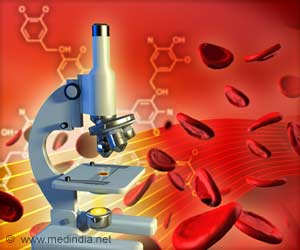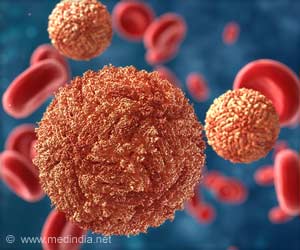Colonic lipoma is an uncommon tumor of the gastrointestinal tract. Most cases are asymptomatic, with a small tumor size, and do not need any special treatment.
Colonic lipoma is an uncommon tumor of the gastrointestinal tract. Most cases are asymptomatic, with a small tumor size, and do not need any special treatment. However, Dr. Li-Sheng Jiang and Dr. Li Jiang in China have encountered one patient with a giant colonic lipoma, with a maximum diameter of 8.5 cm, which exhibited significant symptoms. To the best of their knowledge, this colonic lipoma is the largest one so far.
Colonic lipomas have been found in related literature. One extremely rare case was recently reported in the November 14 issue of the World Journal of Gastroenterology because of its maximum diameter of 8.5 cm. The article discussed age and sex factors, clinical and histopathological findings, diagnostic methods and treatment by reviewing the present case and previously available literature.The article reported one patient who presented to Dr. Li-Sheng Jiang of West China Hospital of Sichuan University, China, in 2007. The patient experienced changes in bowel habits (7-10 times daily), passing fresh blood and mucus per rectum, abdominal distension, anorexia and weight loss. Dr. Li-Sheng Jiang suggested that colonoscopy or computed tomography (CT) should be performed again due to the previous unclear diagnosis, but this was refused by the patient. In view of his age, symptoms and related examinations, the possibility of colonic malignancy could not be precluded, and left hemicolectomy was subsequently planned.
At laparotomy, an 8.5 cm ¡Á 7 cm ¡Á 6.5 cm yellowish polypoid lesion with numerous areas of ulceration on its surface was seen arising from the descending colon. The lesion almost obstructed the whole lumen, and resulted in dilatation of the proximal colon. However, microscopical examination confirmed that such a large lesion was only located on the submucosa, without invasion of the serosa. In the end, local resection was performed instead of left hemicolectomy.
The clinicopathologic features of symptomatic lipomas are summarized in table by reviewing the present case and previously available literature. The following five points have been found by Dr. Li-Sheng Jiang: (1) the most common signs and symptoms include abdominal pain (42.4%), bleeding per rectum (54.5%) and a change in bowel habits (24.2%); (2) there is a female predominance (66.7%) ; (3) the most common age is the fifth or sixth decades of life; (4) the most typical site for solitary colonic lipoma is the ascending colon (45.5%); (5) the multiple lesions are summed in up to 6.1% of cases.
To increase the rate of preoperative diagnosis, Dr. Li-Sheng Jiang has analyzed the advantages and disadvantages of barium enema, computed tomography, magnetic resonance imaging and colonoscopy. Meanwhile, many therapeutic interventions have been introduced by reviewing the related literature.
On the basis of the present case and the published literature, Dr. Li-Sheng Jiang has proposed the indications of surgical removal and reminds us that colonic lipoma can also exist in patients with significant symptoms. This case is surely worth the attention of both doctors and the public at large.
Advertisements
VEN/S






